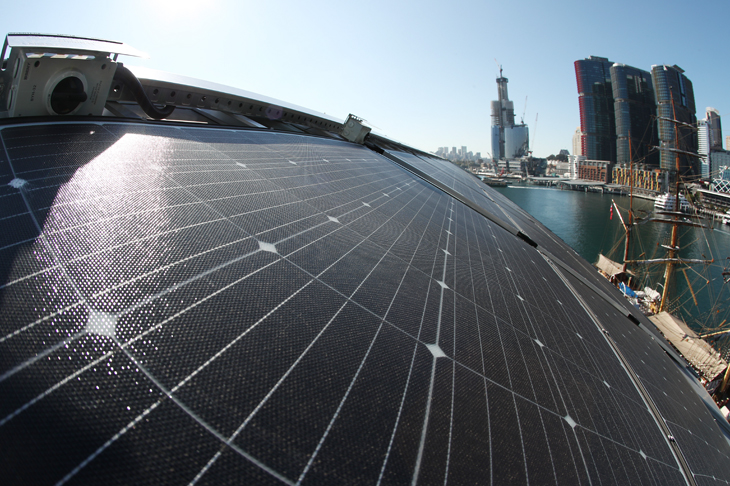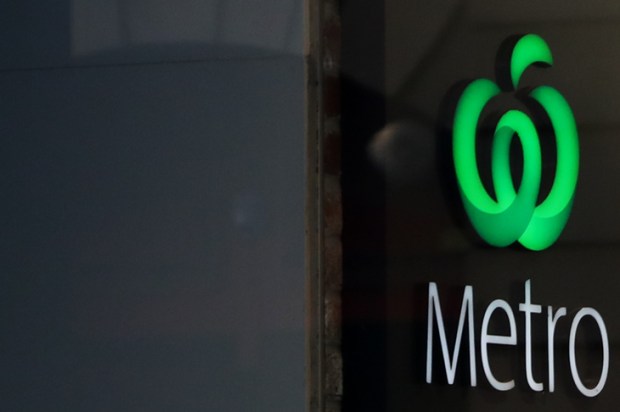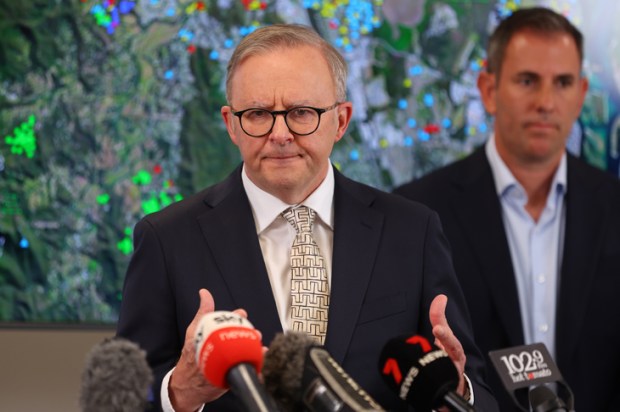Australia has the world’s highest uptake of rooftop solar systems, with around 3.4 million installations in use on the roofs of 37 per cent of the nation’s free-standing dwellings. But there is one distinctive group that refuses to join this ‘planet-saving’ party. It is made up of the Green-dominated inner-suburban seats close to our major cities – and the six Teal former blue-ribbon Liberal seats lost to a populist environmental cause at the last federal election.
Already a subscriber? Log in
Subscribe for just $2 a week
Try a month of The Spectator Australia absolutely free and without commitment. Not only that but – if you choose to continue – you’ll pay just $2 a week for your first year.
- Unlimited access to spectator.com.au and app
- The weekly edition on the Spectator Australia app
- Spectator podcasts and newsletters
- Full access to spectator.co.uk
Unlock this article
You might disagree with half of it, but you’ll enjoy reading all of it. Try your first month for free, then just $2 a week for the remainder of your first year.














Comments
Don't miss out
Join the conversation with other Spectator Australia readers. Subscribe to leave a comment.
SUBSCRIBEAlready a subscriber? Log in